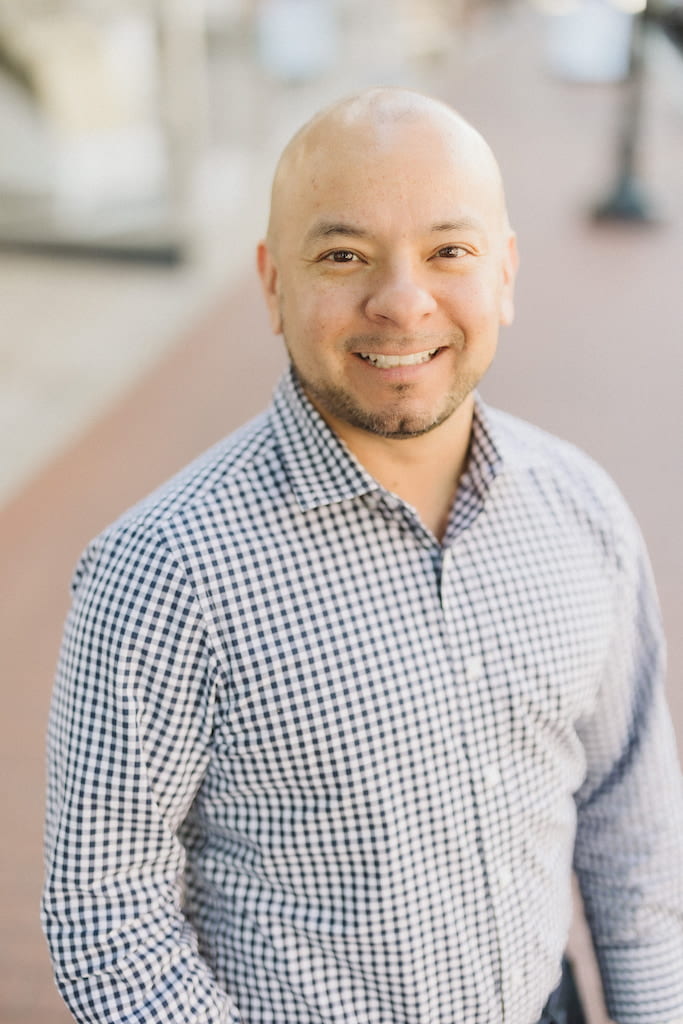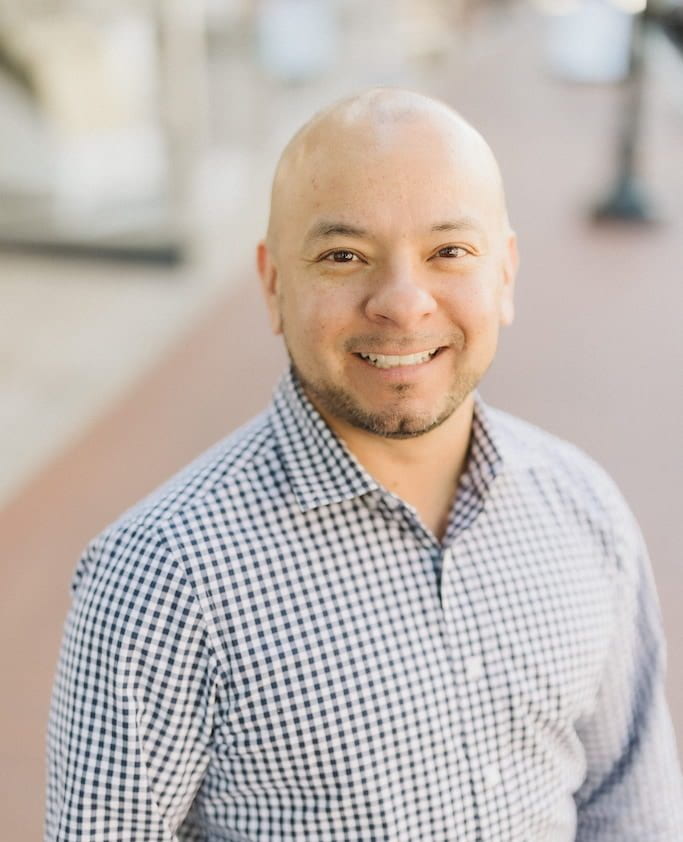
They say that first impressions are everything – but did you know that assumptions are made about you as soon as the first seven seconds? It only takes one-tenth of a second for someone to decide if you’re trustworthy (Willis & Todorov, 2006). It similarly takes just fractions of a second for them to draw conclusions about everything from your perceived sexuality to your intelligence. On Tuesday, September 20, professor and psychologist Dr. Mateo Cruz orchestrated a Talk About Science and Tech Experiences (TASTE) centered on the power of perception and techniques for navigating stereotypes in STEM fields. So often, discussions of biases are framed in lofty, generalized terms. Cruz, on the other hand, walked participants of this valuable 90-minute workshop through the science behind stereotyping phenomena.
Cruz is the Assistant Professor of Management at Bentley University, where he studies “unconscious, invisible, and/or covert dynamics that occur in workplace contexts specific to diversity, equity, inclusion (D.E.I.), and change.” He started his talk by explaining to the group how visual cues, or what we think we see (e.g., gender, race, age, education, etc.) formulate a lens through which we view and judge an individual. The frequent disconnect between the descriptive (what we observe) and the prescriptive (what we predict this means, frequently based on stereotypes) can lead to incorrect and harmful judgment.
This in turn contributes to how historically excluded demographics, such as women, LGBTQ+ individuals, and people of color have faced and are currently facing numerous obstacles while pursuing STEM careers. Cruz quoted Nigerian writer Chimamanda Ngozi Adichie, who said on the subject: “The single story creates stereotypes, and the problem with stereotypes is not that they aren’t true, but they are incomplete. They make one story become the only story.”
Cruz subsequently presented a cost-benefit analysis making the case for the American D.E.I. workplace. First, he pointed out that the United States is producing far fewer STEM graduates compared to other countries, and that of these graduates, historically excluded groups still make up a relatively small portion. This is problematic not only from a moral perspective (which should already be enough cause for concern), but also from an innovative perspective. Cruz admits that diverse workplaces have more tension due to varying employee backgrounds, but he underscores how this same conflict renders new, revolutionary ideas and technology. In short, Cruz names the concept of process loss. Simply put, he argues that “it takes time to get people in the room,” but it’s worth it in the end due to the ultimate productivity.
Cruz also clarified how it’s not just a matter of having diversity present – the true measure of succeeding in D.E.I. lies in the “I.” Inclusion is considered a combination of belonging and uniqueness, which is best measured by the ability to dissent from the group. “Can you rock the boat and challenge people with seniority [and other privileges]?” Cruz asked.
Next, he presented the Inclusion Framework of Shore et al. (2011), a matrix that explains instances of things like exclusion culture (which affirms a certain group’s norms more than another’s) and tokenism (an optical/illusory rather than genuine inclusion of underrepresented individuals) in terms of belonging and uniqueness (Figure 1).
Cruz concluded with an overview of Fiske’s (2002) Stereotype Content Model (SCM), which can be used to predict how your identity might be perceived (Figure 2). Cruz argues that tools such as these empower people through “sensemaking,” or by enabling them to foresee how they might be perceived by others and then “pivot” as necessary to maximize their chances of combating negative stereotypes. This, Cruz advised, can ultimately put you in a better position to “separate self from stereotype.”

You must be logged in to post a comment.